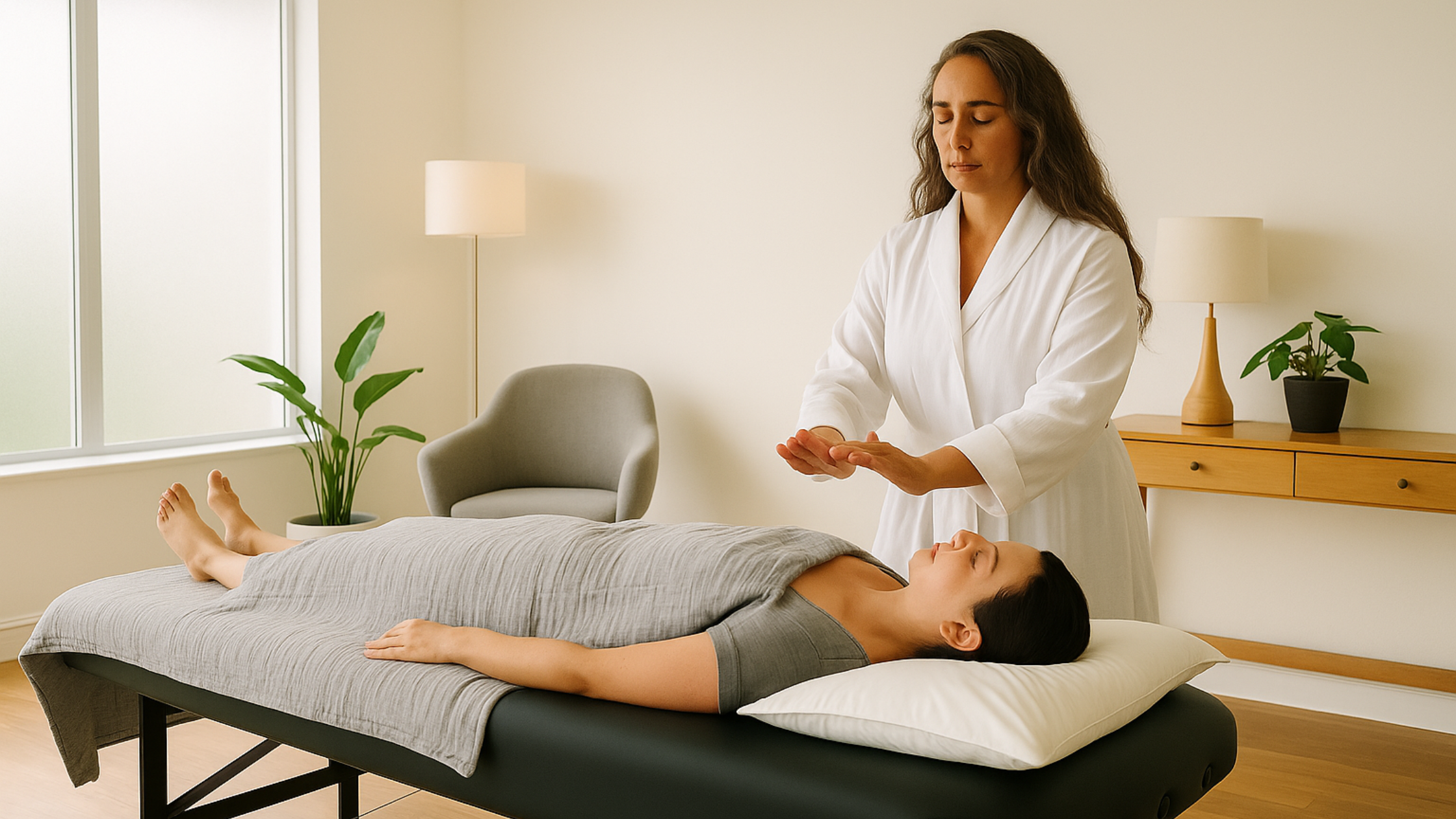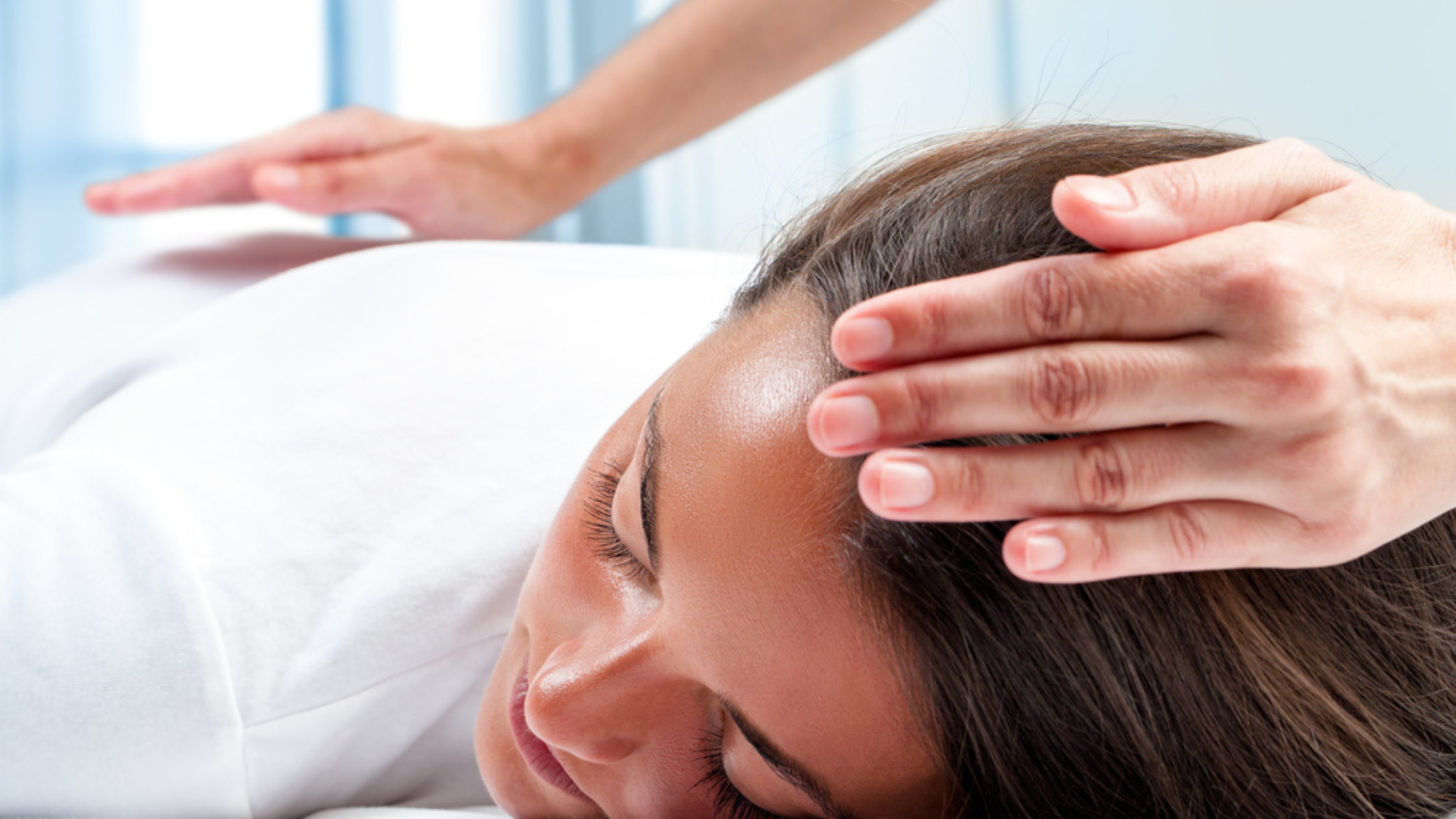Safe Practice: Special Consideration for Seniors and Children
July 13th, 2023
4 min read

“You never change things by fighting the existing reality. To change something, build a new model that makes the existing model obsolete.” – Buckminster Fuller
Regeneration and Healing: How far can we go?
The field of Energy Medicine offers an assortment of treatments that can benefit all age groups, including children and the elderly. Depending upon the type of Energy Medicine you practice, you might want to consider expanding your services to include these differing age groups, if you have not already.
However, whether you currently work with the elderly and children or are interested in servicing these groups, there are a few special liability management considerations to assess.
You might think these groups are dissimilar because of the age gap, but they actually share common elements from a liability perspective. While for different reasons, these two groups share physical limitations, consent and mental capacity issues, and as a result, require special consideration from Energy Medicine practitioners.
Informed Consent/ Client Agreement
One of the first items to put into place, and relevant to clients of all ages, is a signed informed consent from a potential senior client or child. However, for seniors and children, there are additional details that must be included in part of the document.
Executing an informed consent agreement depends upon both parties being healthy and of sound mind and for children, aged 18 or older. While 18 is considered legal age (or the “age of majority”) in many states, practitioners are encouraged to verify this by contacting their state government office to confirm legal age (a good resource is: https://statelaws.findlaw.com/ to check your state law).
Getting an informed consent from a child or senior could turn into a delicate situation. A teen who has read about alternative medicine practices might be curious about a treatment and interested in trying it out. But if the teen is under 18, a parent’s signature is needed. The situation could become awkward for the practitioner if the teen does not want the parent involved.
Then with elderly clients, they might resent being deprived of their independence if an adult child has Power of Attorney (POA) and needs to sign off on the informed consent. These instances might be rare, but they are a possibility, and it is best to be prepared for them with a suitable form for these situations.
Physical Considerations
Additionally, for children and even for some elderly clients, an emergency form (refer to sample form and checklist) is another essential document requiring completion by a parent or guardian. Not your standard documentation of people to call in an emergency, but a form that includes other important contacts such as doctors, medication and insurance information.
Your client intake might already include a section on insurance, but since many practitioners are paid out of pocket, it is a good idea to double up with the information than have none at all.
With physical limitations, another factor to consider for the elderly and children, both groups could have challenges with getting up on a treatment table. For seniors, they would have mobility or dexterity problems that could make it difficult to lift themselves onto a table. Children’s problems would more likely have to do with height or even fear of getting up onto an elevated table.
An adjustable table, or one with a lift, can be the solution for these issues. If you are an established practitioner, investing in additional equipment might not be a sensible choice, and it could also be a costly decision for a newly established practitioner, so a cost-effective alternative could be to purchase a stepping stool as an aid.
Assisting a senior or child up the steps onto the treatment table would be an additional support to guide a fragile or tentative body.
Both younger and older clients could also benefit from placing a bolster or cushions to support a body and ease sensitive areas. Seniors could have arthritis or weakened conditions that can be protected by strategically placed support. Younger clients might benefit from the placement of cushions to keep their small bodies from shifting around too much.
During the session, keep an eye on the client to make sure there is no discomfort or loss of support.
Also, use caution when exerting pressure on a senior’s or child’s body. Depending on a child’s age, it is wise to not press down too hard on a growing body, especially in the joint areas. As for the elderly, there can be arthritic joints and sensitive skin. As we age, skin does become more fragile and easily bruised.
Before starting any body work with an elderly client, ask them to point out any concerns they might have with touch and their tolerance for applied pressure.
Off the treatment table, for practitioners who hold group therapeutic sessions or conduct individual body work, there are some things to factor into a session. Consider the range of movement, strength and size of the older or younger client.
For individuals with restricted range of motion, consider including movement options a stiff or less flexible person can do. Even younger bodies might not benefit from poses or movements that put too much physical stress on undeveloped or weaker areas.
As part of your intake process for both age groups, find out if elderly clients in particular have had any joint replacements or vulnerable areas of the body. The spine can be an issue for some people who might have problems with degenerative disks or spinal fusions. As for children, scoliosis can be a problem, and twisting a body could be difficult or an uncomfortable movement.
In these cases, it would be best to replace certain poses and replace them with less strenuous positions.
Conclusion
Diversifying the type of clients you treat to include children or the elderly can open up new opportunities for your practice. However, you do want to be prepared for the unique needs of these clients. Taking the correct measures to accommodate these age groups can help in making sure you protect yourself and your practice from a liability management perspective.
Disclaimer: This article is provided for educational purposes only and is not legal advice or opinion. This general information is meant to raise questions, educate, create discussion and dialogue around the ethical and legal issues of teaching, learning, studying or practicing alternative and complementary energy healing modalities. You are advised to seek an attorney for any of your professional legal issues, concerns or needs.
Topics:

.png?width=1326&height=405&name=EMPALogo_final_white-01%20(1).png)

























